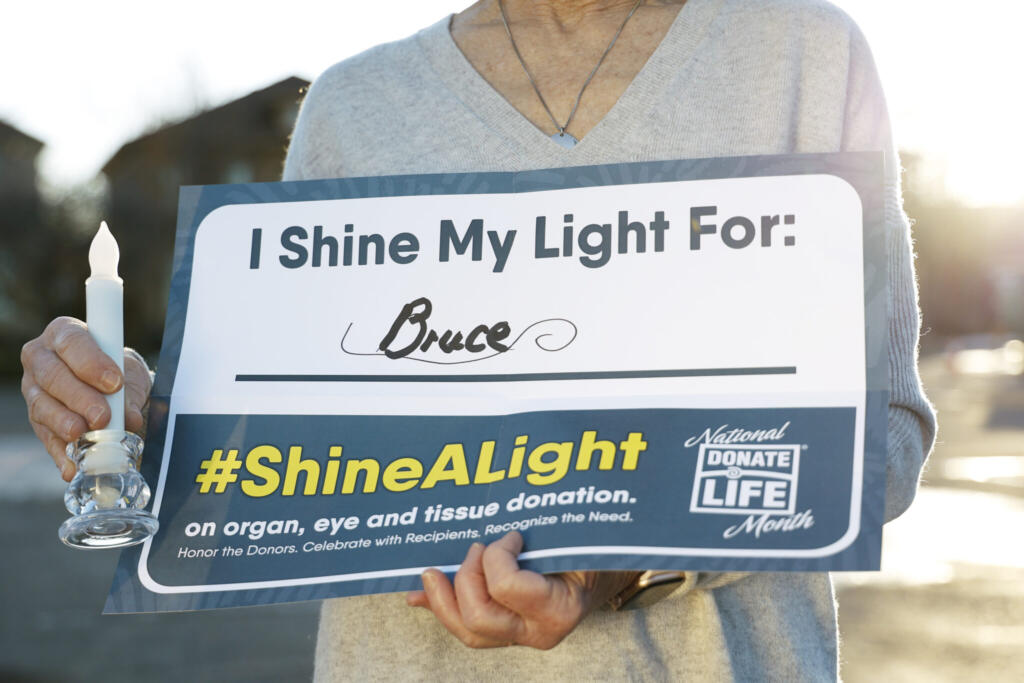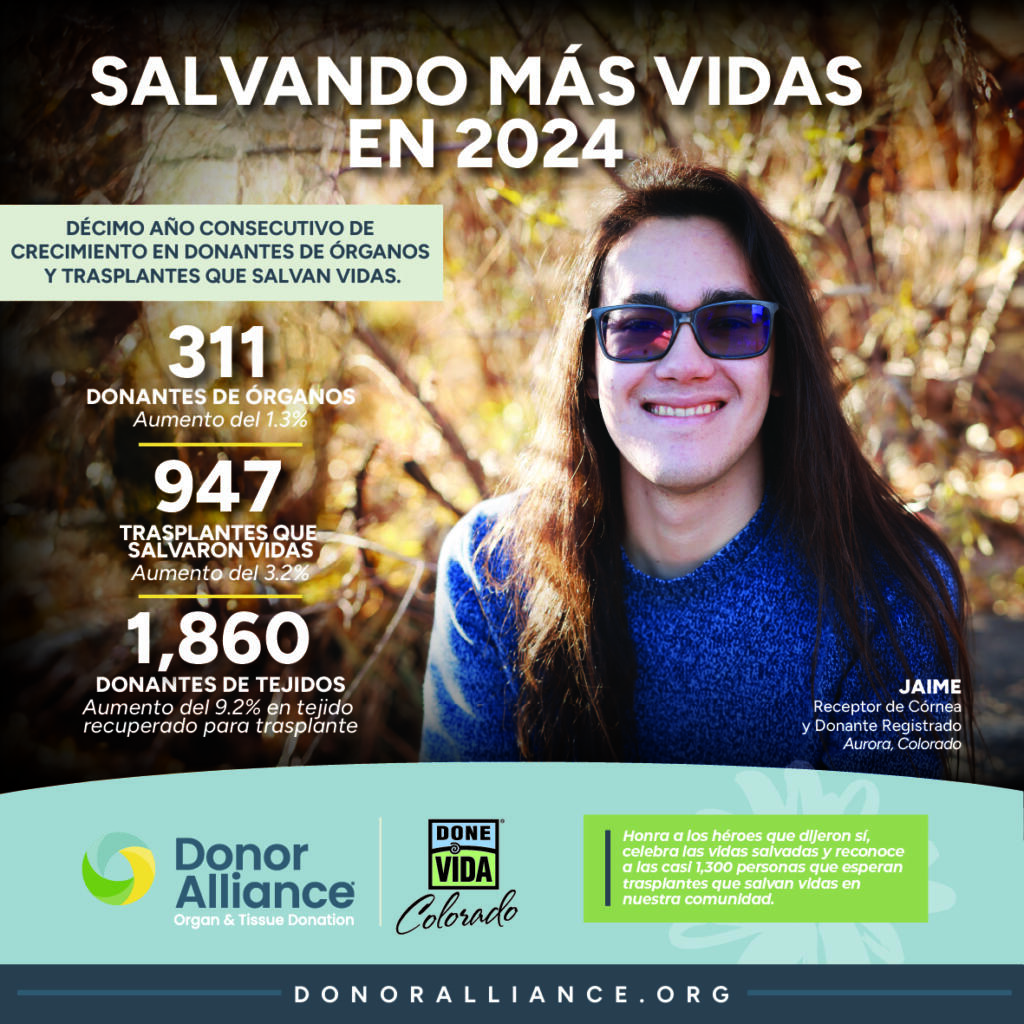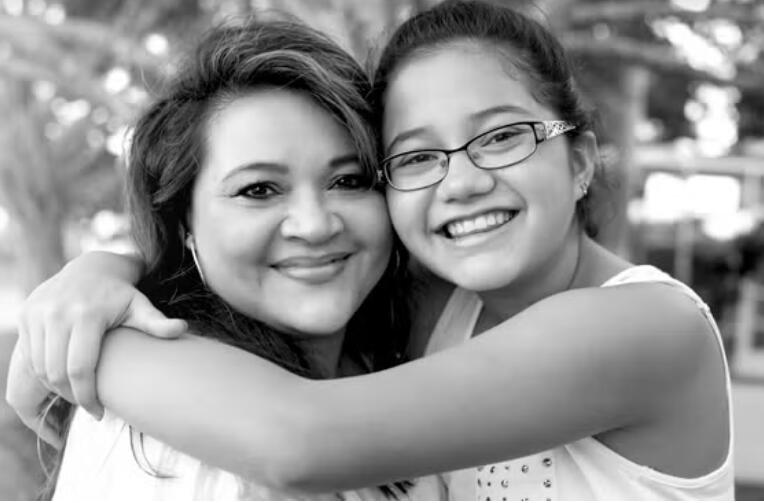Donation Essentials Blog
Quick Organ and Tissue Transplant History
With the advances of science over recent years, it may be surprising to learn that the first successful organ transplant was in 1954. The first skin transplant was performed in 1869. That’s right! Organ and tissue donation and transplantation have been going on for over 150 years in the USA. Much has changed over the years of organ transplant history, so here are a few highlights.
Tissue Transplants Came First
Did you know that before we were able to transplant organs, the U.S. Navy established the first tissue bank in the USA in 1949? Although there are clinical records of tissue transplantation happening as far back as the 1800s, storage of transplantable tissues didn’t begin until the U.S. Navy Tissue Bank was created. Thanks to this advancement, tissues were able to be stored, saving and healing people when they needed a graft. Today, there are more than 120 accredited tissue banks across the USA who are continuously developing new processes for storing tissue. They are also creating innovative ways of saving and healing millions of people across the country and internationally.
Organ Transplant History: Living Donation Preceded Deceased Donation
The first successful kidney transplant was performed in Boston in 1954 when a living donor gave one of his kidneys to his identical twin brother. This was followed by kidney donations/transplants between fraternal twins and siblings who weren’t twins. Because of these pioneering transplants over 50 years ago, there have been more than 162,000 kidney transplants since 1988.* Almost 28% of these transplants continue to be between siblings. With more than 85% of candidates on the waiting list needing a kidney, living donation continues to be an important possibility for donation. Learn more about how to become a living donor.
Organ Transplant History: Deceased Donation Quickly Followed
Organ transplant history is not linear. The advent of deceased organ donation and transplant had some of its beginnings in Colorado. Successful organ recoveries from deceased donors began in 1962 with the first deceased donor kidney transplant in Boston. However, it wasn’t until 1967, when Dr. Thomas Starzl performed the first successful liver transplant at the University of Colorado Health Sciences Center in Denver. With deceased donors able to donate lifesaving organs to up to eight different individuals, deceased donation quickly overtook living donation in the number of transplants. In 2019, there were more than 32,000 transplants from deceased donors and just over 7,000 from living organ donors. Colorado’s four transplant centers continue to be among the most innovative in the field of transplantation.
Regulation Needed: Uniform Anatomical Gift Act Enacted
With all of this activity within the field of organ and tissue donation and transplantation, it was clear that laws needed to be established in order to govern the processes involved. In 1968, the Uniform Anatomical Gift Act (UAGA) was enacted as a federal law in all 50 states. Since then, it has been revised twice and the current 2006 version has been adopted in both Colorado and Wyoming. The adoption of the UAGA:
- allows individuals to make an anatomical (or bodily) gift to be effective after death
- establishes donor registries (like signing up on the Donate Life Colorado or Wyoming donor registry) as a valid document of gift (official, sworn statement confirming the gift);
- makes registries first-person authorization, advance directives (like a will);
- creates a list of legal next of kin who may authorize for donation if the donor is not on the donor registry;
- prohibits trafficking in human organs for profit from donations for transplant or therapy.
Read the entire Colorado UAGA and Wyoming UAGA.
Where is your dot on the timeline?
With more than 826,000 organ transplants performed since 1988* and millions of tissue grafts transplanted, countless lives have been affected by the history of organ and tissue donation and transplantation. It doesn’t matter whether you registered to be a donor the minute you got your driver permit or you were inspired to register yesterday! The simple act of saying Yes to donation and signing up to save lives anchors your spot in a unique community.
Check out these resources to learn more about organ transplant history, as well as that of tissue transplantation.
*up to date data can be found here: https://optn.transplant.hrsa.gov/data/view-data-reports/national-data/
https://www.ncbi.nlm.nih.gov/pmc/articles/PMC3495391/#ref11
https://unos.org/transplant/history/
https://www.organdonor.gov/about/facts-terms/history.html
https://optn.transplant.hrsa.gov/learn/about-transplantation/history/


